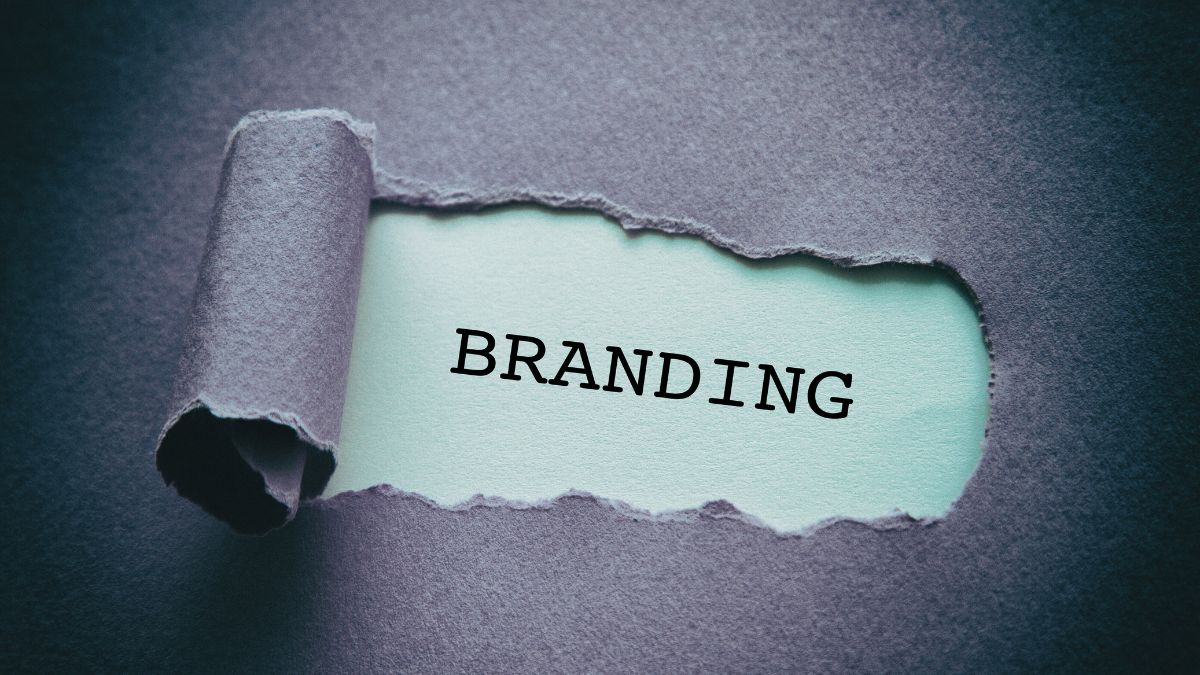
Advertisement
Brands used to think perfection was the ticket to loyalty. Polished campaigns, spotless influencers, and slogans written by committees ruled the ad world. But that kind of airbrushed perfection lost its charm somewhere along the way. Consumers started catching on, noticing how often they were being talked at instead of spoken to. Authenticity stepped in, quietly at first, but now it’s the loudest voice in the room.
The Shift Toward Realness
You can thank burnout for this. People got tired of glossy ads that felt more like theater than truth. Somewhere between endless “relatable” influencer posts and algorithm-optimized slogans, audiences began craving something with a pulse. Brands that showed a bit of imperfection suddenly stood out. When a company admitted it made a mistake or showed the messy side of growth, it didn’t weaken its image, it strengthened it.
Social media had a hand in this shift. The curtain got pulled back, and consumers realized how much of what they saw online was staged. That created space for a new kind of brand personality, one that could admit it doesn’t have every answer. In a time when people are flooded with marketing messages every minute, the human voice wins.
How AI and Digital Marketing Found Their Balance
The irony is that technology helped drive this change. AI and digital marketing once seemed like the end of human creativity, replacing intuition with algorithms. But the most effective brands learned to pair data with empathy. They’re using AI to understand what people actually care about, not just to push products. When done right, AI becomes less about automation and more about awareness.
The smartest marketers use these tools to fine-tune their human instincts, not erase them. For example, AI can analyze thousands of customer interactions and reveal emotional cues that traditional surveys miss. That kind of insight helps brands talk to people like, well, people. It’s not about making marketing robotic; it’s about using tech to sound more human.
The Return Of Storytelling As Strategy
Storytelling isn’t new, but it’s having a renaissance because it gives meaning to authenticity. Brands aren’t just sharing what they sell; they’re explaining why they exist. That “why” has become the difference between background noise and brand loyalty. A good story can make a company feel personal, like it’s run by people who actually care about what they’re doing.
When a brand roots its message in real experiences, it’s harder to fake. People sense when a story is crafted from genuine belief versus when it’s just a sales tactic. Patagonia, for instance, doesn’t have to convince anyone it cares about the planet—it shows it. The difference is visible in every product description, company policy, and employee voice. That kind of narrative clarity creates a self-sustaining trust loop: people buy because they believe, and they believe because the brand acts in line with its story.
Why Design Companies Are Thriving
Visual identity used to be about catching attention. Now, it’s about keeping trust. That’s where design companies like Adchitects, Clay or Pentagram come in. These studios aren’t just making logos look pretty; they’re shaping how authenticity feels on screen. A well-designed website or campaign doesn’t shout—it guides, comforts, and connects. It tells a story in color, type, and rhythm before a single line of text appears.
These companies have mastered subtlety. They know that clean design doesn’t mean cold design. The best work from these firms has warmth baked into it, often through micro-interactions or visual details that feel unmistakably human. It’s the quiet confidence of design that lets a brand’s honesty speak for itself. Consumers can spot overproduction a mile away, so when design aligns with intention, it doesn’t just look good—it feels right.
The Human Factor Behind Brand Longevity
All of this points back to one thing: people trust people. A company can spend millions on strategy, analytics, and rebranding, but without genuine human connection, it’s just a logo and a tagline. Longevity belongs to brands that understand human behavior better than their competitors do. That’s not about manipulation; it’s about respect.
When consumers feel respected, they respond. They remember. And they tell others. The modern audience doesn’t need to be dazzled, just seen. Brands that speak plainly and act consistently win loyalty not because they’re the loudest, but because they’re the most believable.
Closing Reflections
Authenticity isn’t a trend; it’s a correction. After years of inflated marketing promises, audiences simply want honesty. Brands that take that seriously don’t just survive—they lead. The real winners in today’s market are the ones confident enough to be transparent, wise enough to adapt, and human enough to care.
